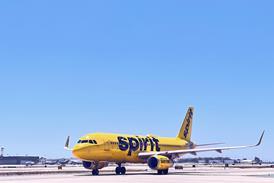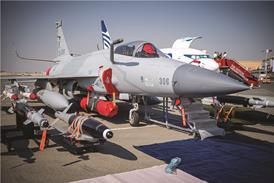Social media’s ubiquity has provided some extraordinary insights into the way passengers behave during an emergency – to the point where cabin crew must wonder why they bother with pre-flight demonstrations.
Video captured in the immediate aftermath of the Southwest Airlines engine explosion reinforces the case for rethinking the entire approach to safety briefings. Some of the images emerging from on board the Boeing 737 could almost serve as a box-ticking exercise to illustrate failure to follow instructions.
Passengers only covering their mouths with their masks, passengers trying to hold their masks with their hands or chest rather than using and tightening the head straps, and passengers wearing headphones.
Investigators will doubtless want to clarify, in the wake of the incident’s high-profile fatality, whether seated passengers had belts fastened.
Suggesting that passengers did not pay attention to the safety briefing is tempting, but probably misleading. Thought processes that are clear under benign conditions become scrambled under duress.
Carriers naturally prefer briefings to entertain, rather than emphasise risk. But while delivery has become more stylish, the theory of the briefing has remained largely unchallenged, even as the era of the mobile phone has repeatedly shown that providing safety information is easy, compared with making it stick.
Source: Flight International


























